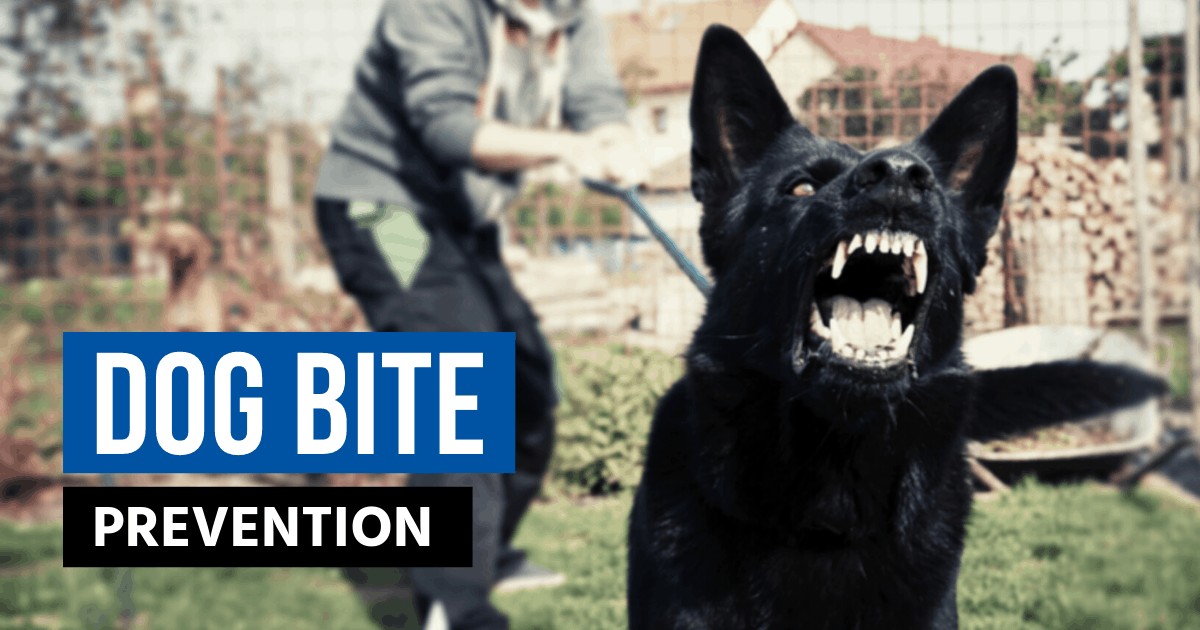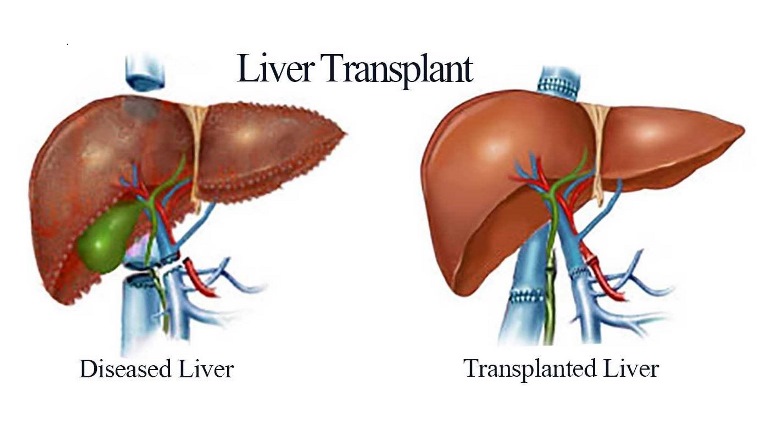Safety Meeting: Protecting Employees from Dog Bites

Dog bites are a serious occupational hazard for many employees, especially those working in delivery services, utilities, home healthcare, postal services, and field maintenance. According to the Centers for Disease Control and Prevention (CDC), nearly 1 in 5 people bitten by a dog require medical attention. Employers must prioritize proactive safety protocols and employee education to reduce the risk of dog-related injuries on the job.
Understanding the Risk: Who is Most Vulnerable?
Employees who frequently visit homes or properties with pets are at the highest risk of exposure. These include:
-
Mail carriers and package delivery personnel
-
Home service providers (plumbers, electricians, utility workers)
-
Healthcare workers and nurses in home settings
-
Landscapers, meter readers, and pest control professionals
Dog bite incidents can lead to time off work, physical trauma, infections, lawsuits, and even permanent injuries. Prevention begins with awareness.
Employer Responsibility: Creating a Safe Work Environment
1. Establish a Dog Bite Prevention Policy
Every employer whose workers enter private residences or outdoor areas should develop a written safety policy that includes:
-
Clear guidelines on avoiding dog interactions
-
Training requirements
-
Reporting procedures for incidents
-
Protocols for responding to aggressive animals
2. Provide Regular Employee Training
Conduct safety meetings that educate employees on:
-
Recognizing signs of dog aggression
-
Proper communication with pet owners
-
How to de-escalate canine encounters
-
Emergency response and first aid procedures
Recognizing Warning Signs of Aggression
Employees must be trained to identify early indicators of potential dog aggression:
-
Stiff body posture
-
Intense staring or fixed gaze
-
Growling, snarling, or baring teeth
-
Raised fur along the back
-
Lunging, barking, or snapping
If these signs are observed, employees should immediately retreat to a safe distance without turning their backs or running.
Employee Safety Guidelines When Approaching Homes
Before” Entering’
-
“Lo” k for ‘B”wa ‘ of Dog” signs.
-
Listen for barking before opening gates or entering.
-
Never enter a yard or home if a dog is loose and unattended.
-
Announce your presence with a firm, calm voice before approaching.
During the Visit:
-
Ask the owner to secure the dog in another room or a locked area.
-
Avoid direct eye contact with the dog.
-
Stay calm and avoid sudden movements.
-
Hold bags or tools between you and the dog as a shield if needed.
If Confronted:
-
Stand still, don’ta tree—don’t run.
-
Use a bag, clipboard, or item to place between yourself and the dog.
-
Slowly back away while facing the dog.
-
If attacked, use a tool or object to shield vital areas of your body.
Equipment and Tools for Defense
Employers should consider providing employees with dog bite protective tools:
-
Dog deterrent sprays (where legally permitted)
-
Audible alarms or ultrasonic repellents
-
Telescoping sticks or shields
-
Bright-colored uniforms to remain visible
These tools should be accompanied by proper training to avoid misuse or escalation.
After an Incident: Reporting and Medical Response
All dog bites, no matter how minor, must be reported immediately.
Reporting Protocol:
-
Notify the supervisor and document the incident in detail.
-
Include date, time, location, and description of the dog and the circumstances.
-
Take photos of injuries (if safe and appropriate).
Medical Action:
-
Clean the wound immediately with soap and water.
-
Seek professional medical attention for evaluation and treatment.
-
Ensure tetanus and rabies vaccinations are up to date.
Engaging Pet Owners: Encouraging Responsible Behavior
Employee safety can be enhanced by encouraging homeowners to:
-
Confine dogs before scheduled visits.
-
Communicate the presence of pets.
-
Place pets in leashed or locked areas while services are performed.
-
Educate themselves about dog behavior and liability laws.
Legal and Financial Consequences of Dog Bites
Employers should be aware of potential legal outcomes for workers.
-
Workers’ compensation claims
-
Civil liability against the dog owner
-
Insurance premiums increase
-
Litigation and medical costs
Having documented policies, training, and incident reports can protect employers legally and financially.Conclusions: Everyone’s Responsibility
Dog bite prevention is not personal safety—it’s a workplace obligation. Employers must take proactive steps, including training, policy enforcement, and effective communication with clients, to ensure a safe and healthy work environment. Employees should be empowered to recognize risks and protect themselves using proven safety strategies. When everyone works together, we reduce injuries, avoid lawsuits, and promote a respectful coexistence between people and pets. Let’s commit to building a world where dogs are better understood and all members of our communities feel safe and respected.









